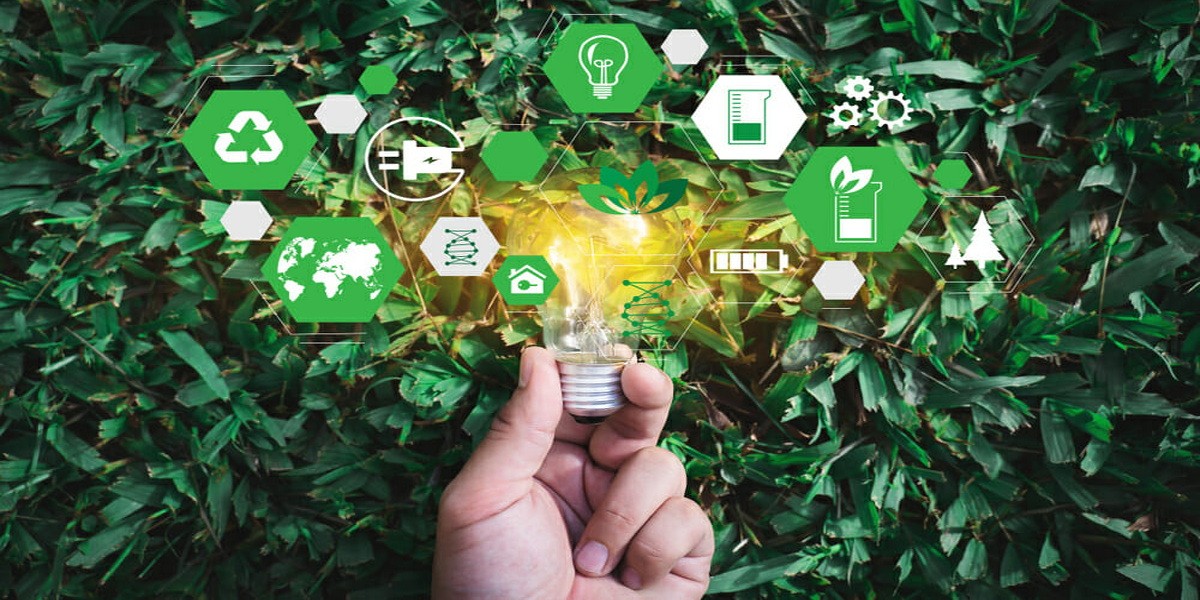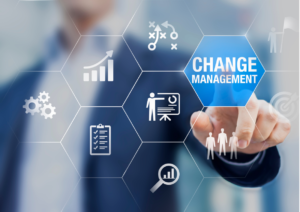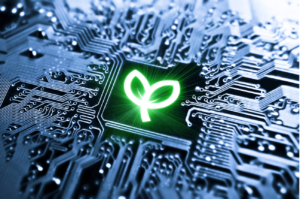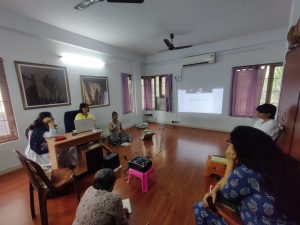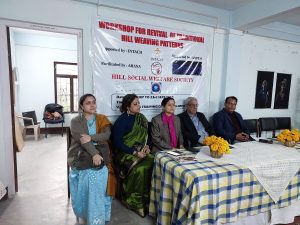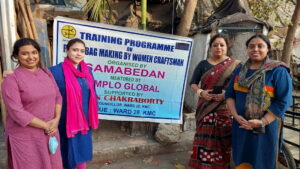Green Tech Warriors: Empowering 10X Sustainable Innovation
Discover the Green Tech Warriors, leading the charge towards sustainable innovation. Join the movement to create a greener, better future.
Bill Gates famously blogged: “We need an energy miracle… According to US government estimates, the world is going to need a lot more energy in the coming decades—an increase of 50 per cent or more between 2010 and 2040.
But today, our biggest sources of energy are also big sources of carbon dioxide, which is causing climate change.”
Mr Gates was perhaps one of the most prominent personalities to call on governments across the world to invest in smart technologies and sustainability.
Technology today intersperses all aspects of our lives; it is an integral part of day-to-day operations. As the world limps towards a new normal amidst lingering fear of the global pandemic, the human species is learning an important lesson—of economic and social sustainability, and green technology.
New-age green warriors are leading the way.
Growth drivers:
According to an Allied Market Research study, the global green technology and sustainability market size valued at $10.32 billion in 2020, is estimated to grow at a CAGR of 21.9 per cent, to approximately $74.64 billion by 2030.
Importantly, 74 per cent decision-makers involved in environmental sustainability initiatives in the US, are betting on emerging technologies, notes research firm Concentrix.
Moreover, market advisory firm BCG which examined three hundred corporate sustainability initiatives in 2020 made some interesting observations:
- Eighty-five enterprises launched sustainability initiatives that had a positive impact on both: society and business value. These were bracketed under the sustainable business model innovation (SBM-I).
- More than 40 companies from SBM-I used innovative products and processes; of these, 20 enterprises underlined value chains, to address the root cause of environmental and societal needs.
The findings are in sync with Amplo Global values and mission to help enterprises obtain their sustainability goals via green technology, along with green warriors.
While the enterprises are launching sustainability initiatives at various levels, it is the customers who are driving it. For instance, conscious customers are raising concerns about the eco-damage a product can cause or how a product could be recycled. They are the Green Warriors, and women in general, lead the pack!
The Green Warriors:
As mentioned earlier, women are leading the sustainability battle from the front. They are actively using tech tools in their journey to make the world a clean, green environment.
Take for instance, Dr. Archana Chaudhari, Assistant Professor at Dr. D. Y. Patil Institute of Engineering, recipient of the AI for Earth grant funding from Microsoft.
For a research project, she encouraged utility companies to deploy smart meters and use data analytics to ramp up or wind down energy production across metropolitan cities in India.
Similarly, EC Electronics is using predictive analytics in its commercial fridges—data from which enables consumers to monitor and optimize energy efficiency.
Schneider Electric has seen a major transformation. From developer-installer of industrial electrical equipment, the global enterprise is now one of the leaders in efficiency-as-a-service, and generating revenues by reducing carbon emissions, thereby creating greater social and environmental impact.
Technology is enabling a leading European minerals company to create an end-to-end model for an integrated energy management solution. Through cloud-enabled data platforms, AI, and advanced analytics, the company has reported approximately 10 per cent energy savings, translating into millions of Euros.
Agriculture is one of the most aggressive users of technology. Fertilizer producer Yara is using IoT and digitally-enabled smart agriculture solutions to reduce the need for chemical fertilizers. The company is also building a database of next-generation regenerative crop-nutrition solutions.
Besides, the sector is at an advanced stage in the use of drones and other technologies from harvesting vehicles to sensors in irrigation systems to reduce waste and increase yields.
Smartphone apps are also playing a vital role in sustainable living. With a rise in demand for organic products, consumers are privy to information about the origin, availability, authenticity and compliance certificates of the product and the procedure before buying a product.
Technology as an enabler:
Enterprises are using technology to draw their sustainable road maps. At the forefront in the boardrooms are the CEOs, CFOs, CSOs and CIOs—the essential CXO brigade, which is influencing a lot of organizations to use technology as a tool to meet their sustainability goals.
- AI, big data and advanced analytics: Enterprises are using these technologies to generate data and develop insights on the environmental and social impact of a product, service, or process. They are using the data to fine tune offerings, engage customers, and enhance performance and productivity.
Additionally, enterprises are using big data tools to improve overall efficiency. According to CEOs interviewed by various tech journals, apart from risk aversion and impact on business revenues, data from their business intelligence and analytics tools helped them to gauge ecological impact and calculate possible environmental risks and initiate remedial actions.
- Internet of Things: IoT is enabling enterprises to monitor the activity of all devices under its control. They are now using intelligence to reduce energy waste and improve the life cycle of their products, thereby improving the TCO/RoI.
All said and done, naysayers have challenged the role of technology in terms of sustainability.
Challenges:
While technology has been a great enabler of sustainable initiative among enterprises large, SMBs and MSMEs, it has also acted as a damper.
- Technology transfer: It is crucial to transfer global tech upgrades from the developed to the developing nations. The gap in time can delay a consistent effort towards a global sustainability goal.
- From old to new: It is oft said that technology and tech tools should be upgraded in a timely manner. For electronic or electrical items need more energy as it ages. Secondly, new tech investment is capital intensive, and so the overall RoI/TCO calculator may not work in favour of sustainable initiatives.
- People: Sustainability initiatives are most often led from the front. It is important for CXOs to emphasize the need for sustainability and promote sustainable initiatives not only during town hall talks, but also during board meetings and during peer-to-peer reviews. The approach must be top-down!
Mitigating the challenges:
Sustainability has become an integral part of conversations at all levels. The push from the UN that it is important to narrow the emission gap by 2030 and collaborate with the private sector to fill the rest of the gap, is an indicator of new strategies.
Secondly, entrepreneurs should give different organizations within their enterprise the right to own a sustainability initiative.
Ownership of a cause as important as sustainability backed by suitable numbers to showcase in terms of carbon emissions or power savings certainly provides the much-needed boost among employees and increases participation at all levels.
Conclusion:
Many enterprises across industry verticals have sustainability on a MUST HAVE Agenda. They are now scoping out green tech warriors who are willing to walk the extra mile and to contain climate change—for a better today, a better tomorrow!
